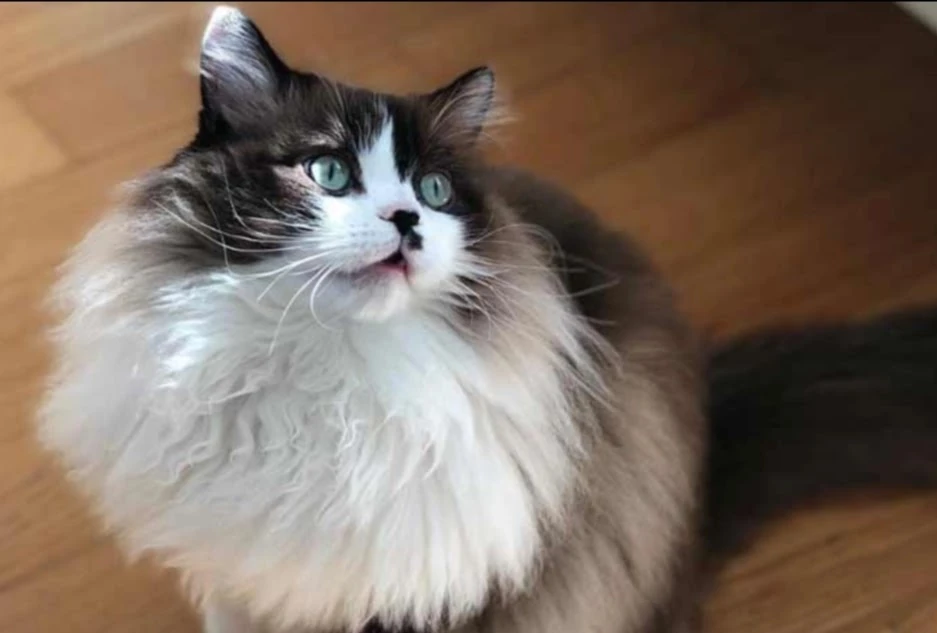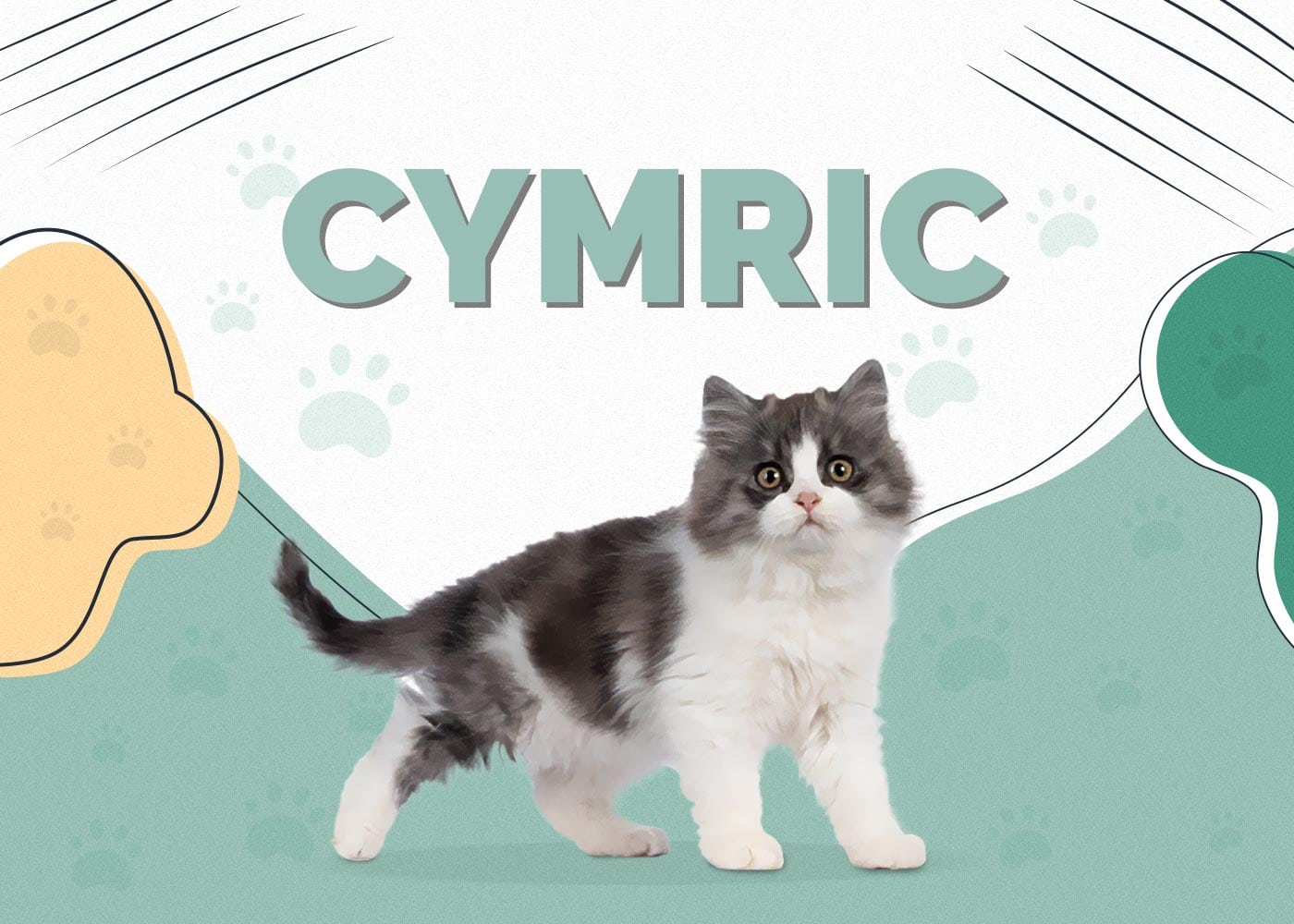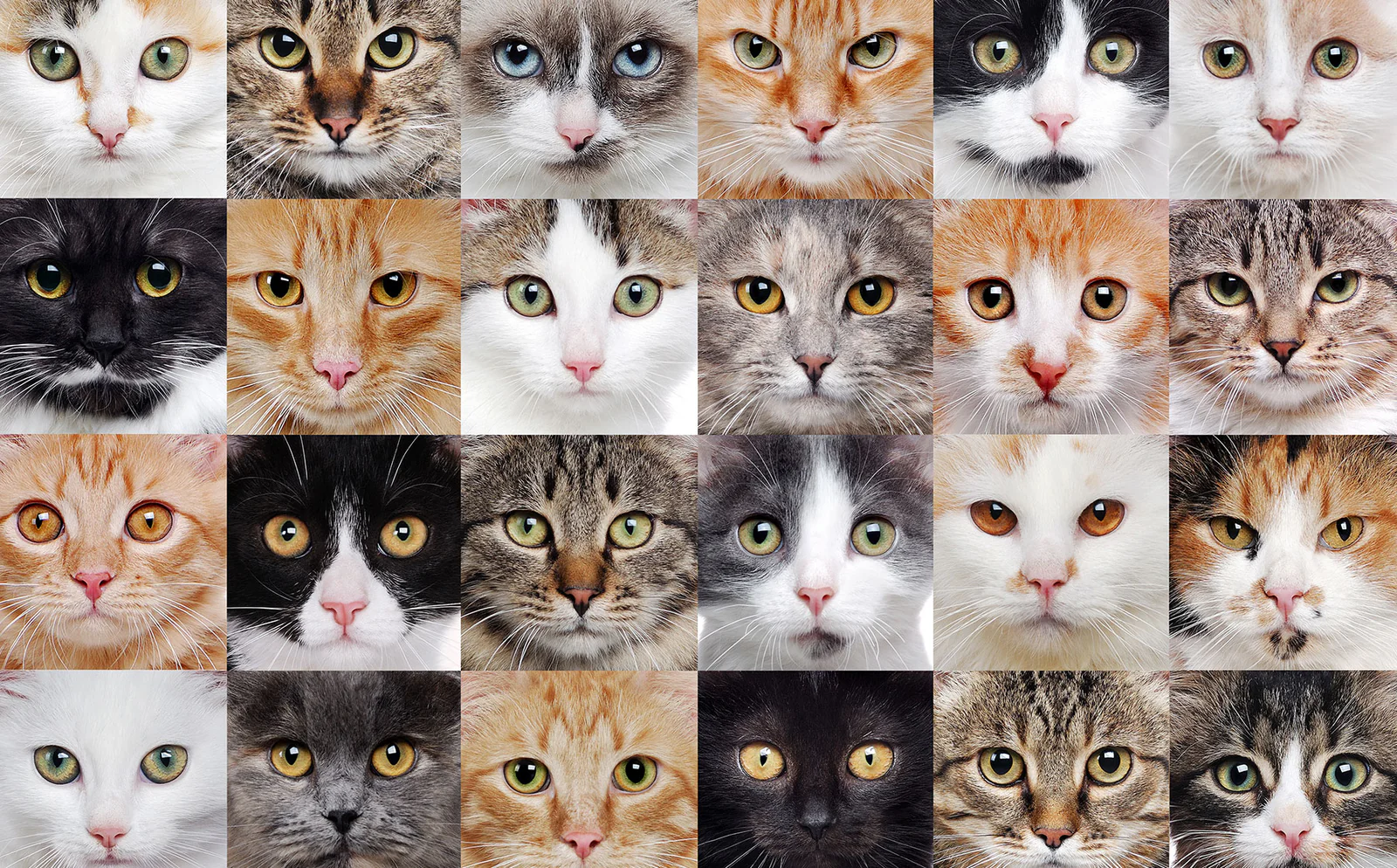Peterbald Cat Breed: Complete Guide, Characteristics, Training, Care, and More
The Peterbald is one of the most elegant and unique cat breeds in the world. With its slender body, almond-shaped eyes, and signature hair-losing gene, the Peterbald combines grace and personality in a feline companion that’s truly special. If you’re considering this breed as a pet or simply want to learn more, this comprehensive guide will walk you through everything you need to know about the Peterbald cat.
Breed Profile: Peterbald Cat
| Trait | Details |
|---|---|
| Origin | Russia (St. Petersburg) |
| Breed Type | Oriental, Hairless or Short-haired |
| Lifespan | 12–15 years |
| Weight | 6–10 pounds (2.7–4.5 kg) |
| Temperament | Intelligent, affectionate, social |
| Colors | All colors and patterns |
| Coat Types | Hairless, flock, velour, brush, or straight coat |
The Peterbald was first developed in 1994 in Russia by crossing a Don Sphynx with an Oriental Shorthair. This breed gained popularity quickly due to its exotic appearance, low-shedding coat types, and friendly personality.
Characteristics of the Peterbald
1. Unique Coat Types
The Peterbald is known for its various coat types, all influenced by a dominant hair-losing gene:
- Hairless: Totally bald with soft, warm skin.
- Flock: Feels like peach fuzz.
- Velour: Slightly thicker, like velvet.
- Brush: Wiry, short, and rough coat.
- Straight Coat: Full fur, similar to Oriental Shorthair (non-standard in shows).
Unlike the Sphynx, the Peterbald may be born with hair and gradually lose it or maintain a partial coat depending on genetics.
2. Physical Appearance
Peterbalds have long, slender bodies, wedge-shaped heads, and large, wide-set ears. Their almond-shaped eyes and whip-like tails add to their aristocratic look. Despite their delicate appearance, they are muscular and agile.
3. Personality Traits
- Affectionate: They crave human attention and form strong bonds.
- Intelligent: Quick learners and curious explorers.
- Social: Get along well with other pets and children.
- Vocal: Known to be chatty, especially when seeking attention.
How to Choose a Peterbald
1. Reputable Breeder
Look for registered breeders who test for genetic disorders and follow ethical breeding practices. Ask for health guarantees and meet the kittens in person if possible.
2. Check Coat Type Preference
Do you prefer hairless cats or those with a velvety coat? Since Peterbalds come in various coat types, communicate with the breeder about what you’re looking for.
3. Health History
Request to see the parents’ health records. Common health screenings include:
- Heart conditions (like HCM)
- Skin infections (for hairless types)
- Dental health
4. Temperament
Choose a kitten that is well-socialized, active, and curious. Avoid shy or overly aggressive kittens.
How to Care for a Peterbald
1. Skin Care
Hairless and semi-hairless Peterbalds require regular skin care:
- Bathing: Every 1–2 weeks to remove oil build-up.
- Wipes: Use gentle pet wipes between baths.
- Moisturizer: Use vet-approved non-toxic lotion to avoid dryness.
2. Temperature Sensitivity
Without fur, Peterbalds are sensitive to heat and cold:
- Warm Bedding: Provide heated pads or blankets.
- Sunburn Risk: Keep indoors or apply cat-safe sunscreen.
- Clothing: Lightweight cat clothing can help in cooler weather.
3. Ear and Eye Care
- Ear Cleaning: Weekly, as they can accumulate wax quickly.
- Eye Wiping: Daily for hairless cats to prevent discharge build-up.
4. Nutrition
High-quality protein-rich diets are best for this active breed.
- Wet and dry food mix
- Omega-3 supplements for skin and coat health
- Hydration is key, especially for kidney health
How to Train a Peterbald
1. Litter Training
Peterbalds are intelligent and usually quick to learn. Start early:
- Use unscented, clumping litter.
- Keep the box clean and accessible.
2. Socialization
Expose them to people, other pets, and household noises early. This helps prevent shyness and builds confidence.
3. Obedience and Tricks
Peterbalds respond well to positive reinforcement:
- Use treats, toys, and praise.
- Teach basic commands like “come” or “sit.”
- Interactive toys and puzzles stimulate their active minds.
4. Avoid Punishment
Negative reinforcement can cause anxiety. Instead, redirect bad behavior with toys or alternative actions.
How to Groom a Peterbald
Grooming requirements vary by coat type:
- Hairless: Bathe regularly, clean ears, and apply moisturizer.
- Velour/Brush coat: Weekly brushing with a soft brush.
- Straight coat: Regular brushing like other shorthairs.
Don’t forget nail trimming every 2–3 weeks and dental care through brushing or dental treats.
Common Health Issues in Peterbalds
While generally healthy, Peterbalds may face:
- Hypertrophic Cardiomyopathy (HCM) – a heart condition found in many purebred cats.
- Skin Infections – especially in folds or oily skin.
- Dental Problems – such as gingivitis.
- Sensitivity to Weather – requiring climate-controlled environments.
Routine vet visits and early detection are key to maintaining health.
Exercise and Activity Needs
Peterbalds are very active and playful:
- Climbing trees and cat condos are a must.
- Puzzle feeders and interactive toys keep them stimulated.
- Playtime with owners strengthens the bond.
They can get bored easily, so rotate toys and offer new experiences regularly.
Living Environment
Peterbalds thrive in indoor, temperature-controlled homes. Their skin needs protection, and their social nature means they don’t enjoy long periods of solitude. Ideal home features:
- Warm bedding
- Safe windows or catios
- Multiple levels and perches
- Access to daily interaction
Pros and Cons of Owning a Peterbald
Pros
✅ Extremely affectionate and loyal
✅ Low-shedding and hypoallergenic for many people
✅ Intelligent and easy to train
✅ Gets along with children and other pets
✅ Exotic, unique appearance
Cons
❌ Requires frequent bathing and grooming
❌ Vulnerable to cold, heat, and sun exposure
❌ Can be costly to buy and maintain
❌ Needs a lot of attention and stimulation
❌ May suffer from skin conditions or dental issues
Peterbald Cat Price Guide (2025)
| Category | Estimated Price (USD) |
|---|---|
| Pet Quality Kitten | $1,200 – $2,500 |
| Show/Breeding Quality | $2,500 – $5,000+ |
| Adoption from Rescue | $200 – $500 (rare) |
| Monthly Maintenance | $80 – $150 (food, grooming, vet) |
Prices vary based on:
- Coat type (hairless often cost more)
- Breeder reputation and location
- Pedigree and show potential
Always choose a breeder who provides proper documentation and prioritizes animal welfare.
Is the Peterbald Right for You?
The Peterbald is ideal for those who:
- Want a loyal, loving cat that acts almost like a dog.
- Can handle regular grooming and skincare routines.
- Are home often and can provide plenty of stimulation.
- Live in a climate-controlled home.
It may not be suitable if:
- You’re away from home often.
- You prefer low-maintenance pets.
- You’re not comfortable with the look or feel of hairless cats.
Conclusion
The Peterbald cat is a captivating blend of beauty, brains, and bonding. Whether you’re drawn to its sleek, hairless look or its intelligent, affectionate nature, the Peterbald makes a loyal and entertaining companion. With proper care, love, and attention, this exotic breed can become a treasured member of your family for many years.




